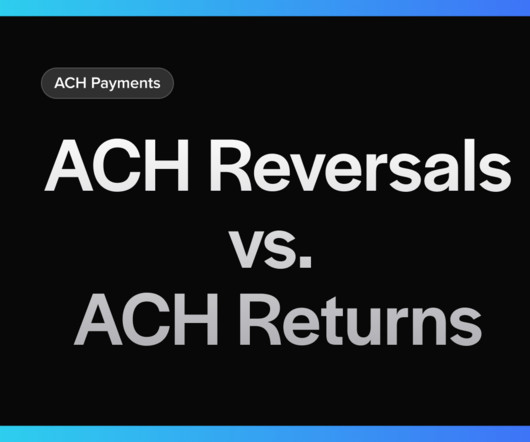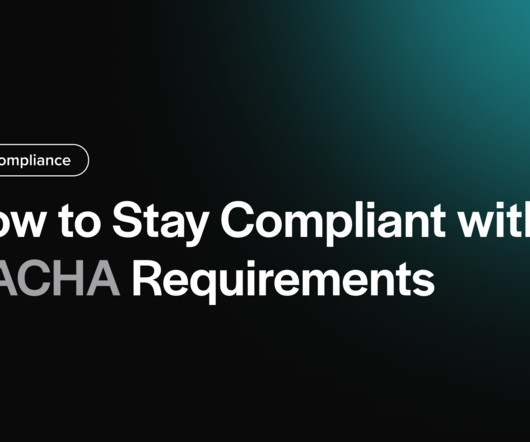What Is an ACH API and How Does It Work?
Stax
JUNE 23, 2025
In this article, we will look at the role of ACH API, how it works, and how you can implement it for your company. Your bank (the ODFI) will collect all the transaction files you sent and forward them to an ACH operator. In a typical ACH transfer, you initiate the transaction by sending a Nacha formatted data file to your bank (ODFI).











Let's personalize your content